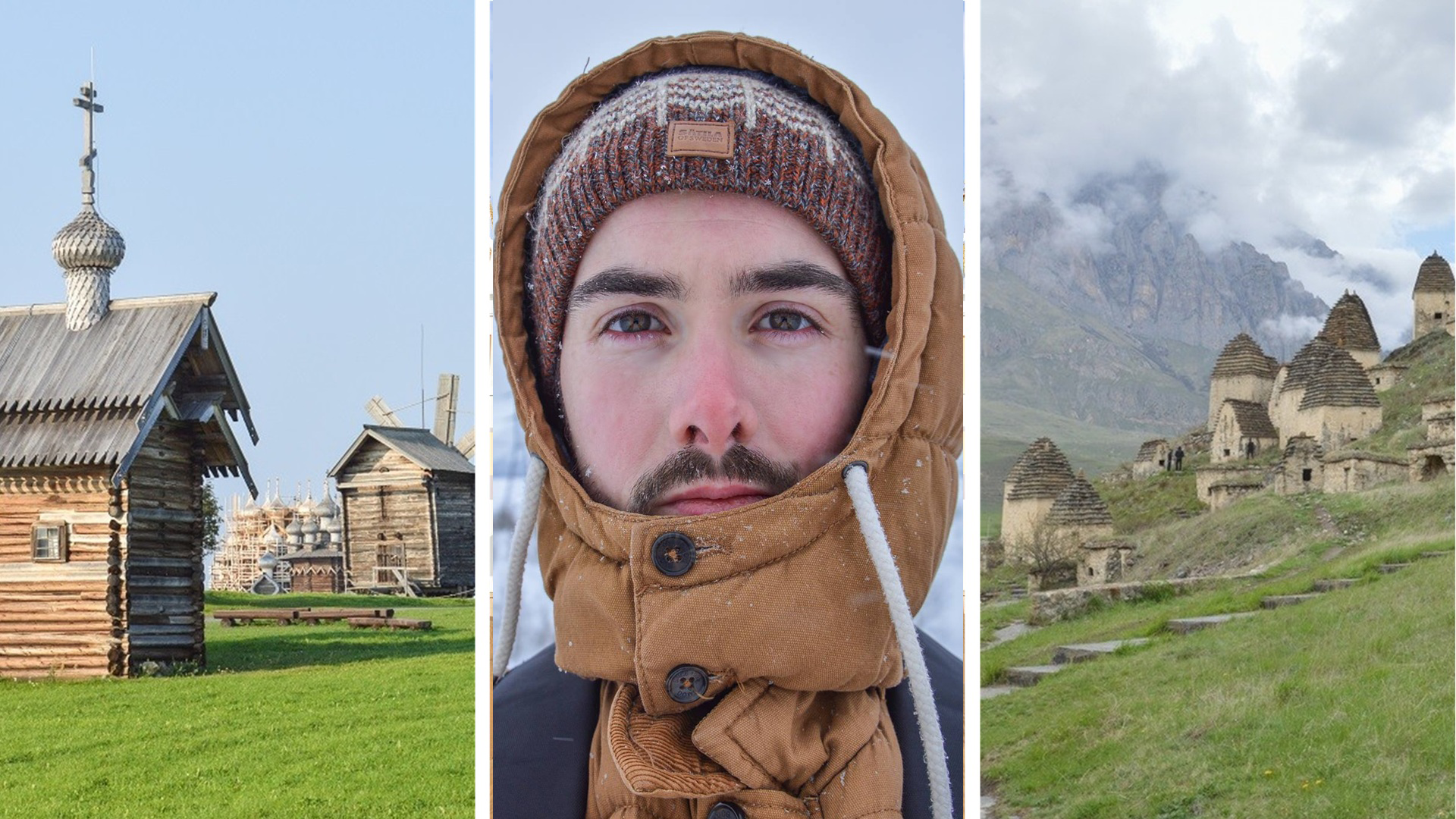
10 most popular Russian thermal springs
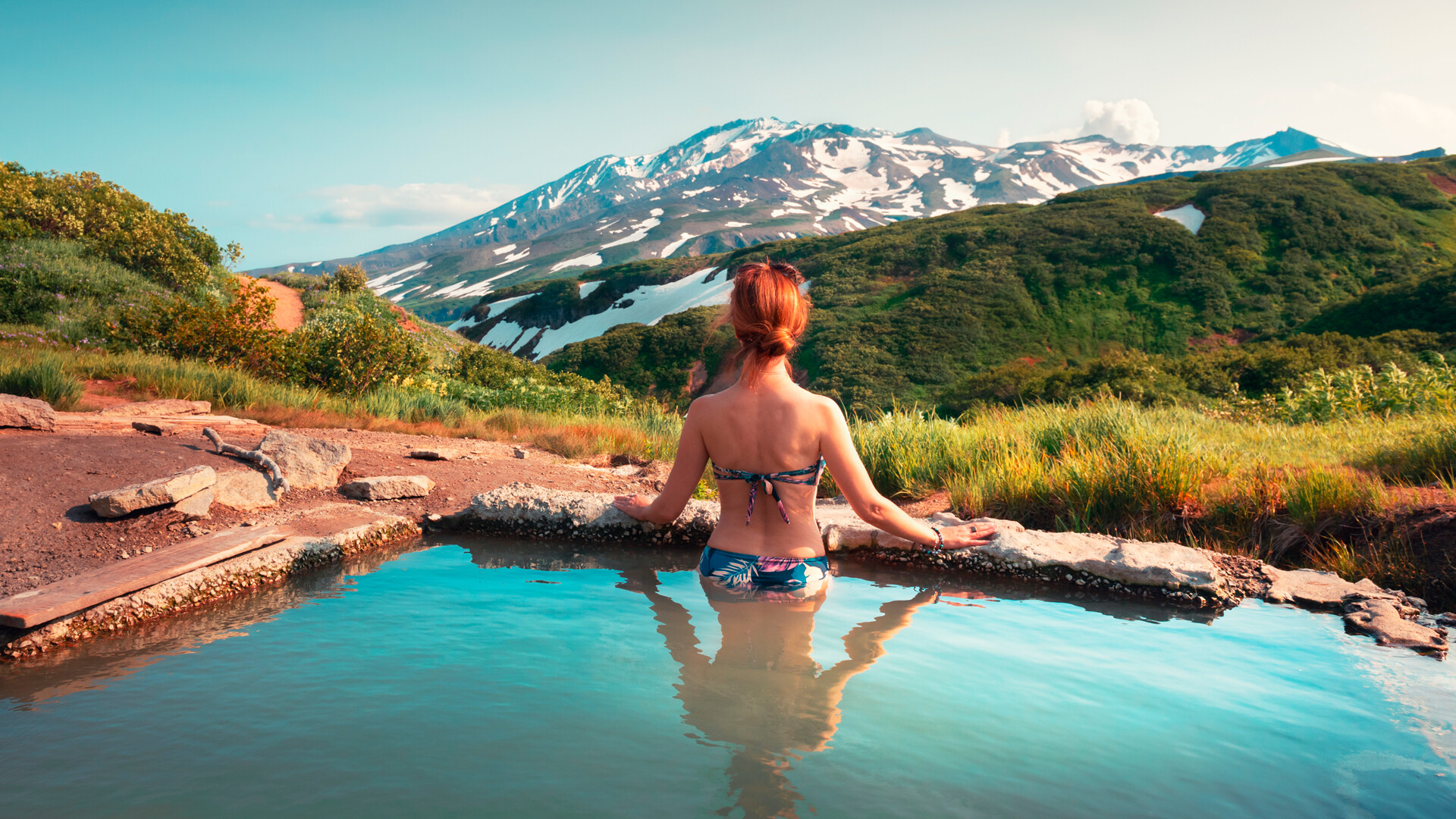
A vacation “at the waters” in the 19th century was only available to members or the highest social strata. But in Soviet times sanatoriums for regular workers and peasants were built across the country. The oldest resorts are still located in former palaces and noble estates (read more about them here). Modern thermal spas are vast complexes that include medical offices, their own entertainment programs, and beautiful parks in the mountains or in a nature preserve.
1. Caucasus Mineral Waters
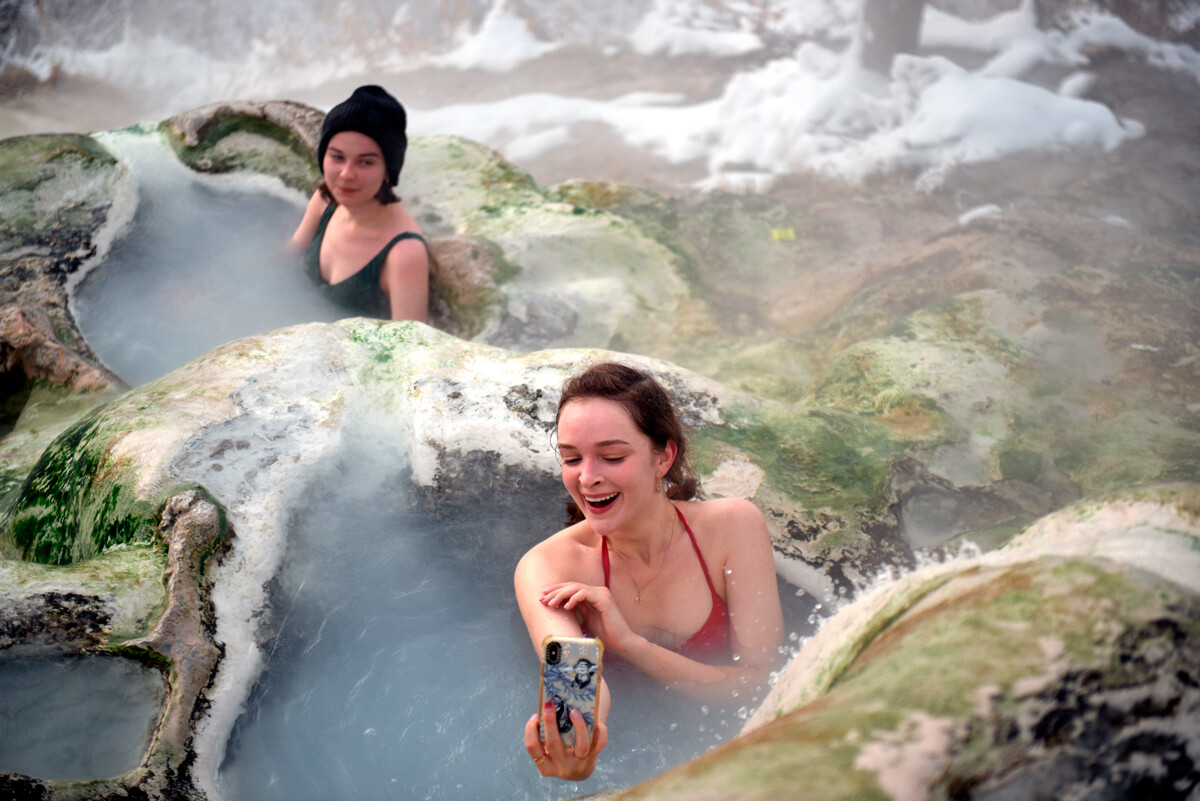 Bathing in Pyatigorsk.
Bathing in Pyatigorsk.
All the authors of the Russian classics loved spending their summer here: from Alexander Pushkin to Leo Tolstoy. Caucasus Mineral Waters is the country’s oldest resort region where people not only could rest and have their illnesses treated, but they could also enjoy the mineral water that was bottled. This curative water could then be purchased at stores across the country.
To this day, the main resort cities in the Caucasus are Pyatigorsk, Kislovodsk, Zheleznovodsk, Yessentuki, and Lermontov. Each has dozens of sanatoriums and galleries where visitors can ingest the waters, which have significant traces of carbon dioxide and hydrogen sulfide. However, they differ in temperature and mineral content. In addition to that, Pyatigorsk also has radon springs – these are waters with a small dose of natural-origin radiation.
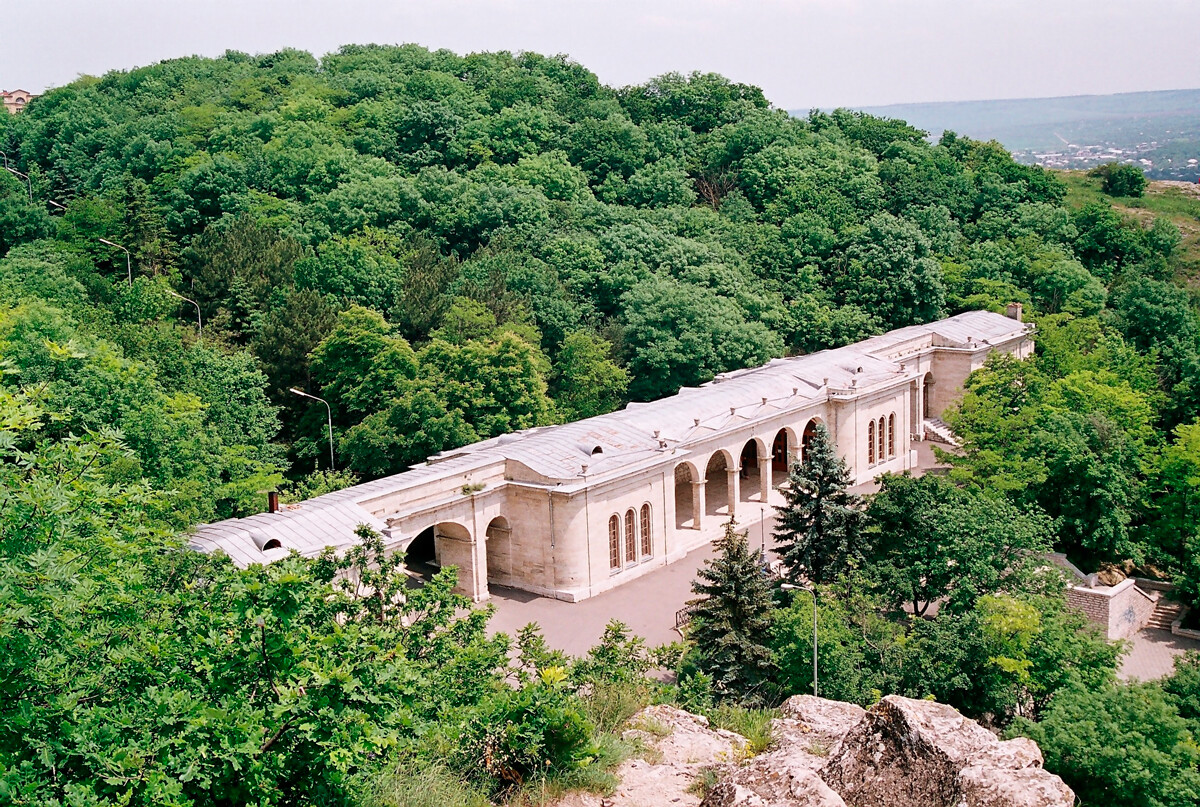 Pyatigorsk.
Pyatigorsk.
Even if you don’t plan any sort of health treatment at these resorts, Caucasus Mineral Waters is one of Russia’s most interesting tourist regions. It has old cities with beautiful mansions, lush parks, and stunning mountain views (read more about the region here).
2. Matsestinsky resort
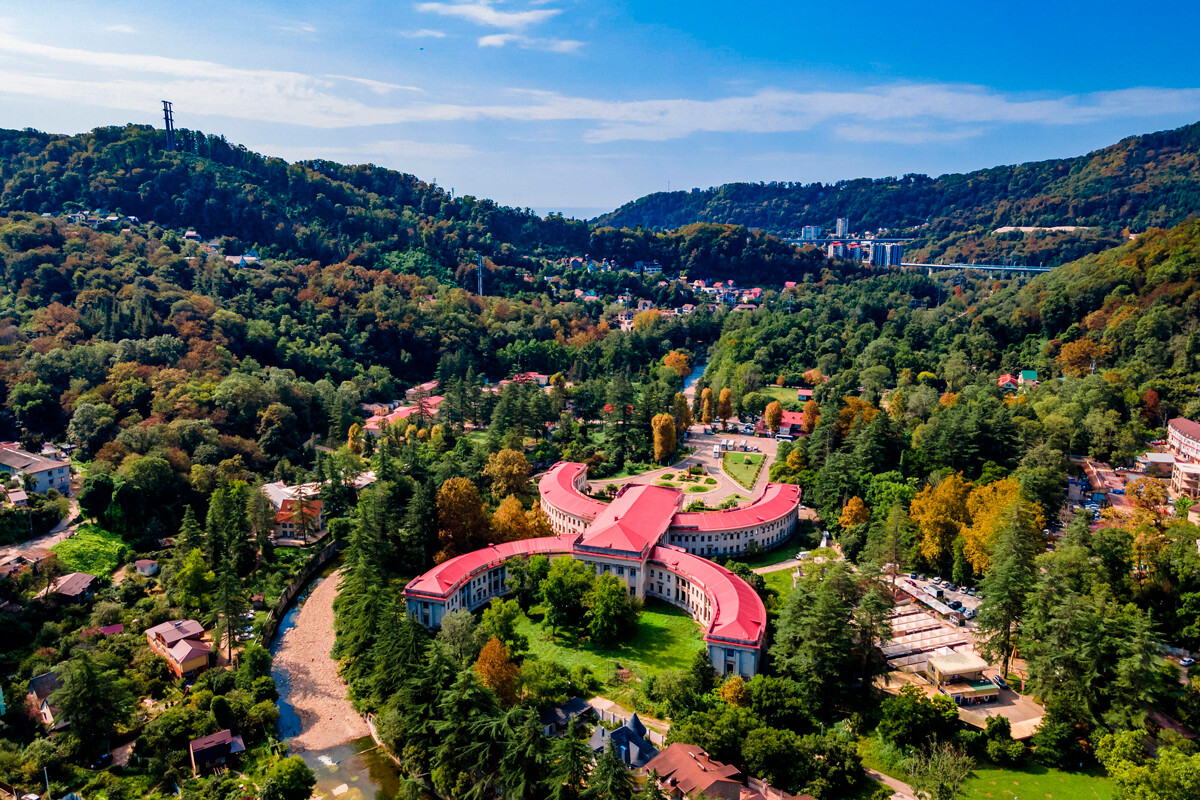
The city of Sochi has been the country’s main resort since Soviet times. Usually, people flock here for beach vacations on the Black Sea; however, the region also has the country’s largest mineral water resort, located in the valley of the Matsesta River. It’s famous for hydrogen sulfide springs that help in treating women’s reproductive issues, severe burns and post-operation rehabilitation.
3. Goryachy Klyuch
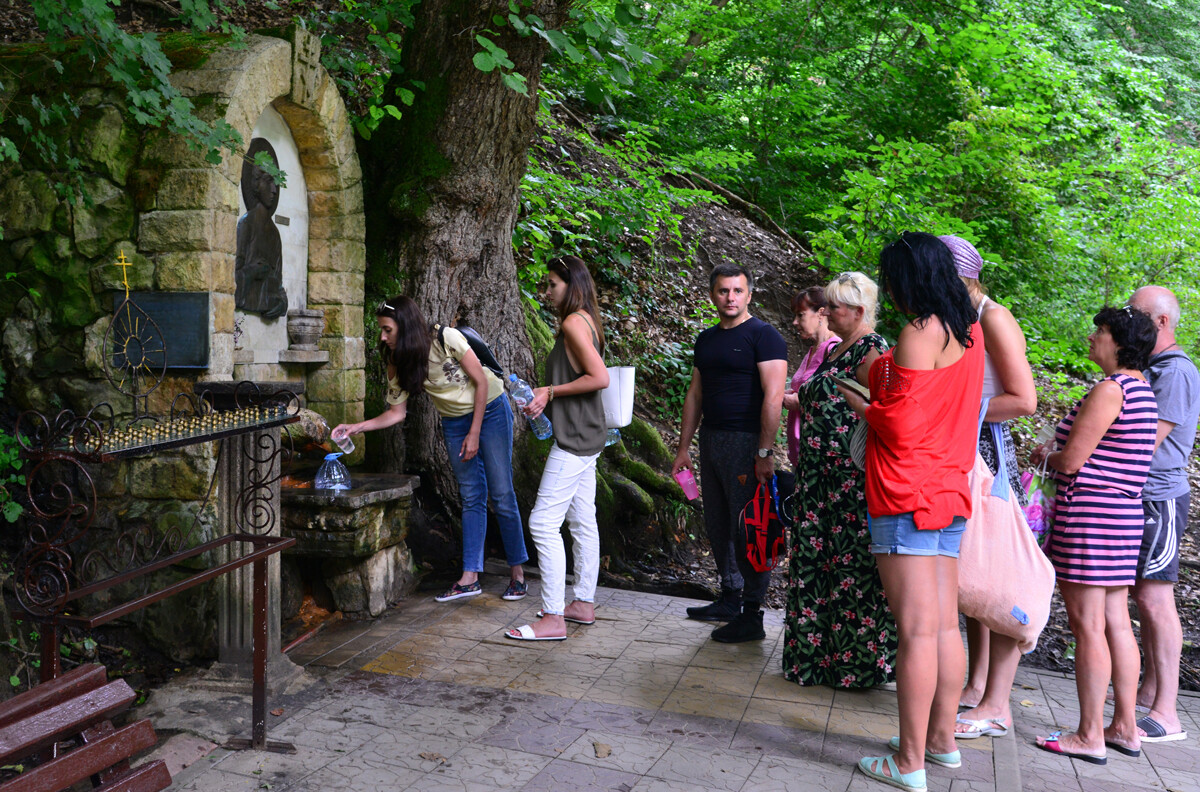
Located 50 kilometers from Krasnodar, this place became a resort back in the 1860s. Baths and a park were built here; and then the city of Goryachy Klyuch sprung up around them. The local mineral waters help to treat ailments of the digestive organs.
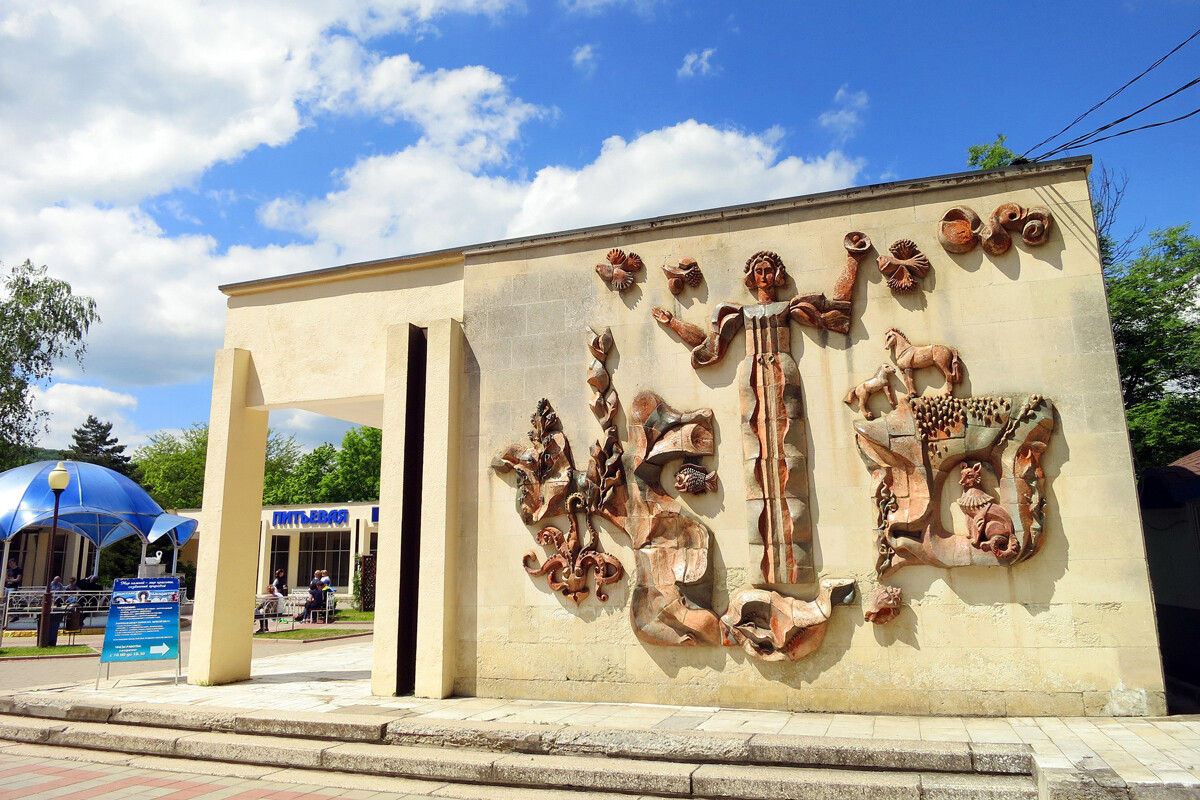
Not only those who visit the resort can taste the local waters; tourists can stop by a drinking gallery to imbibe the cures.
4. Belokurikha
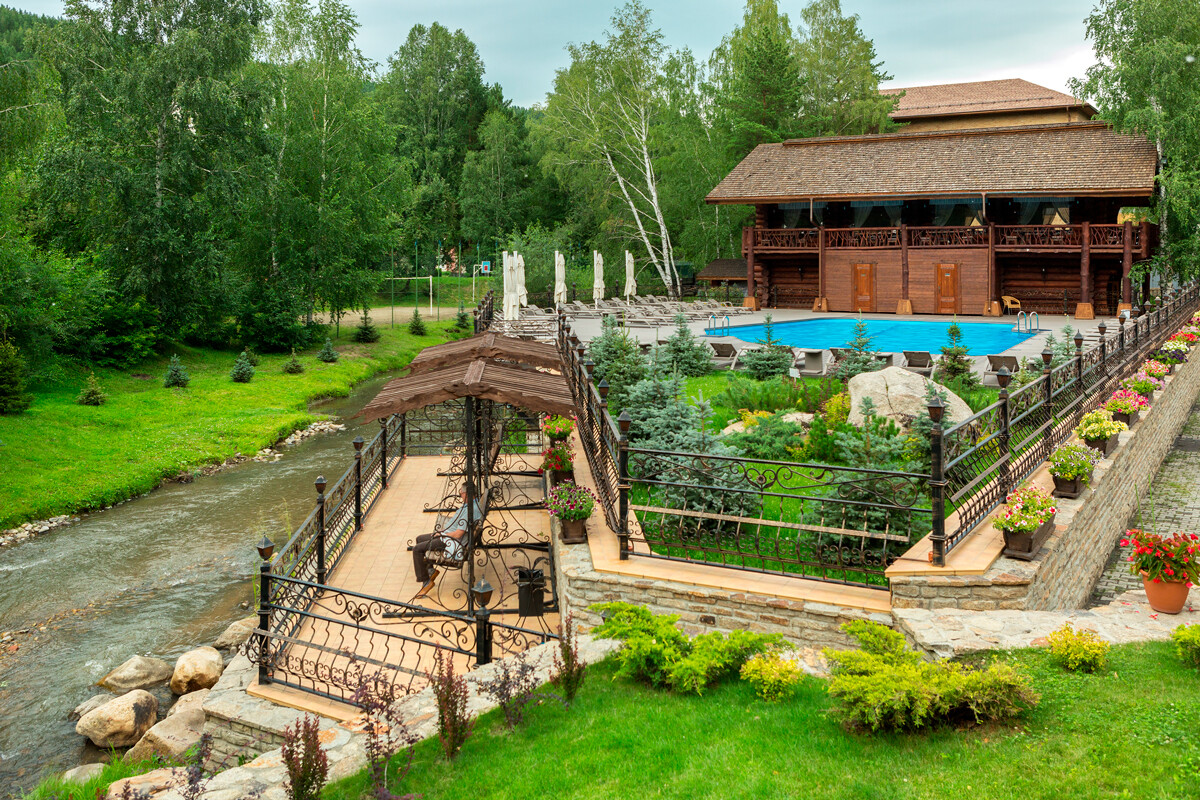
This is Siberia’s best known resort region! Belokurikha ( Altai Territory), has thermal radon water springs just like Pyatigorsk. Although the local waters have been known and studied since the 1860s, the resort itself, with its sanatoriums and infrastructure, was built only in the 1920s. Today, this region hosts 20 sanatoriums with different treatments, including a mountain air treatment.
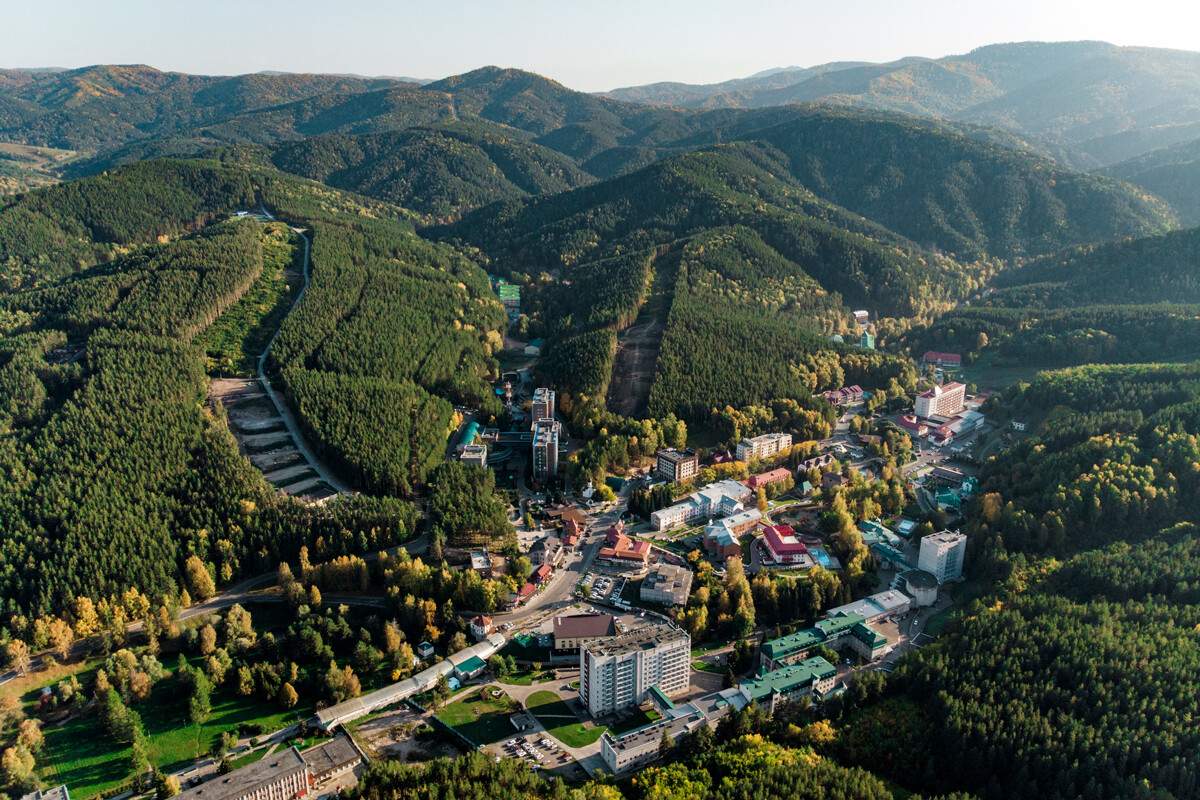
The surprising thing is that Belokurikha is one of the warmest places in Siberia, with mild winters (the temperature in January is minus 10-12 degrees Celsius; there’s almost no extreme lows).
5. Tyumen
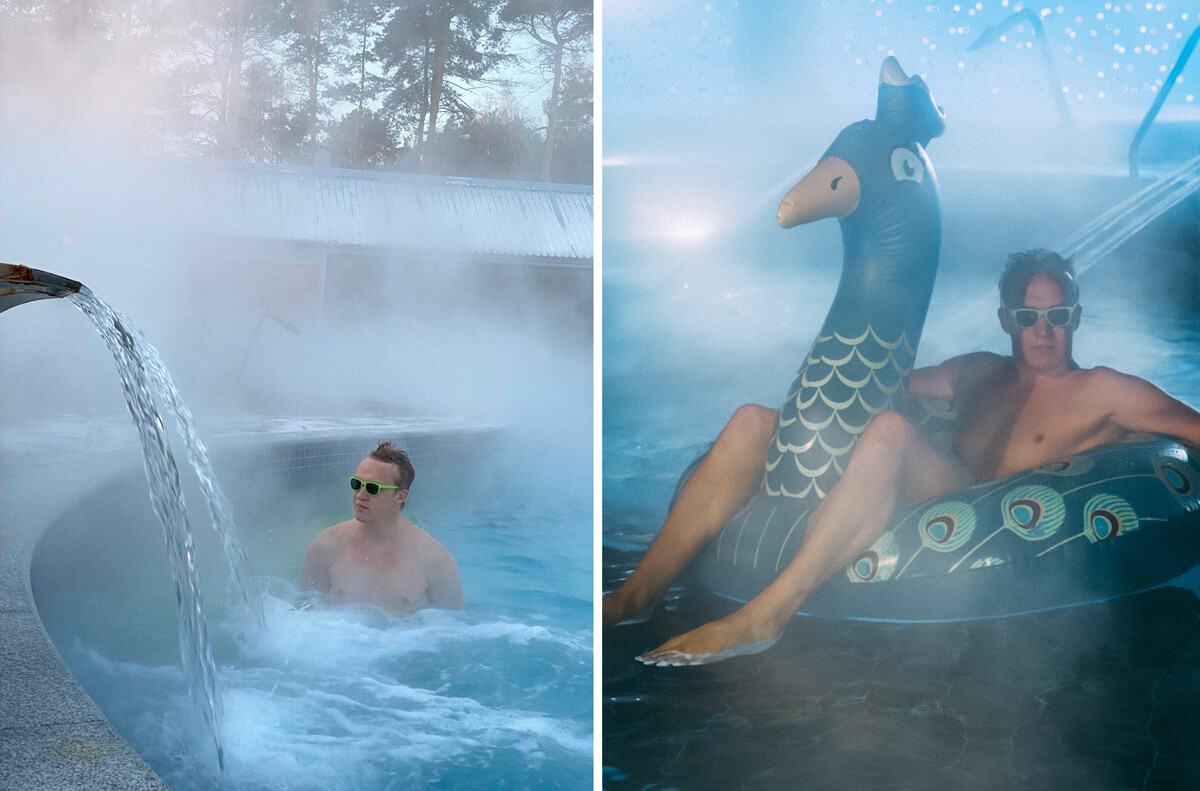
“The thermal capital of Russia” – that’s how the Siberian city of Tyumen proudly calls itself. There are about 20 hot springs in the vicinity of the city that appeared millions of years ago when the warm West Siberian Sea receded. The temperature of the Tyumen springs varies from 36°С to 48°С, and the water rises up from boreholes nearly 2,500 meters deep. You can literally find the entire periodic table in these springs!
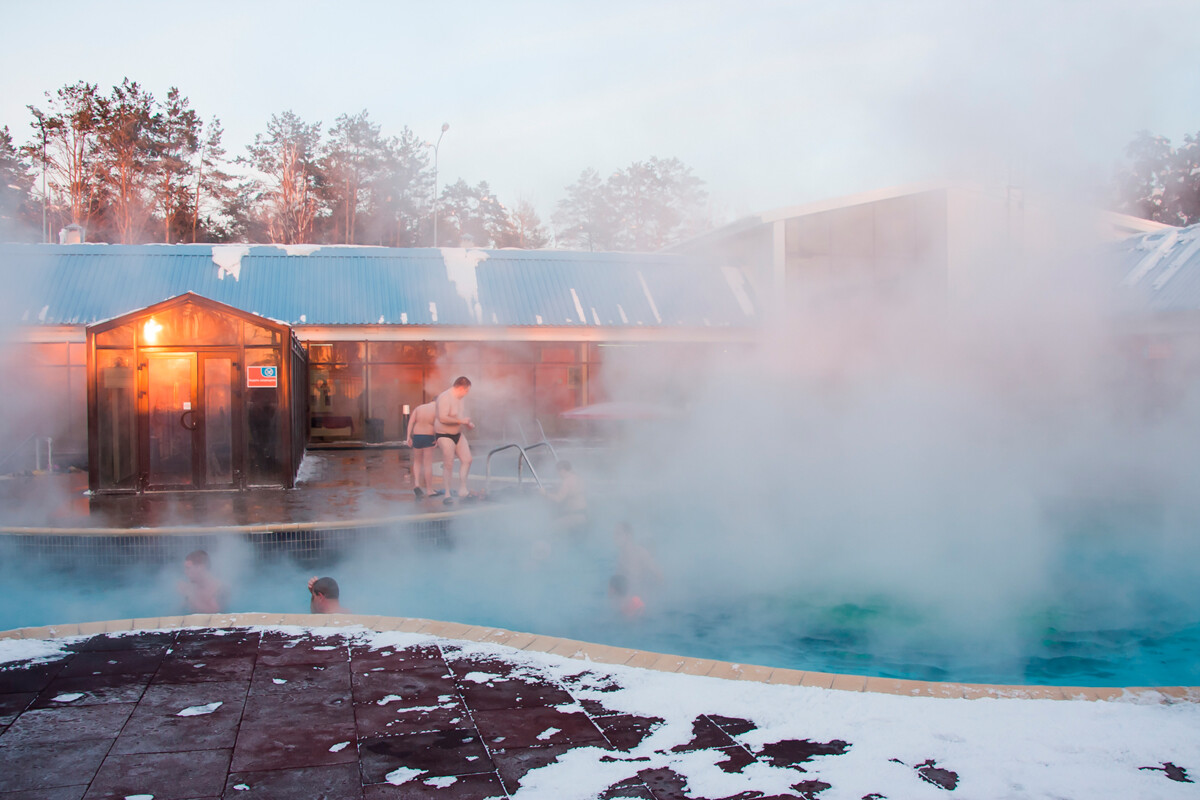
You can rejuvenate and rest in Tyumen’s sanatoriums, or go to one of the spa hotels and thermal parks. These places are very popular for family holidays.
6. Saky
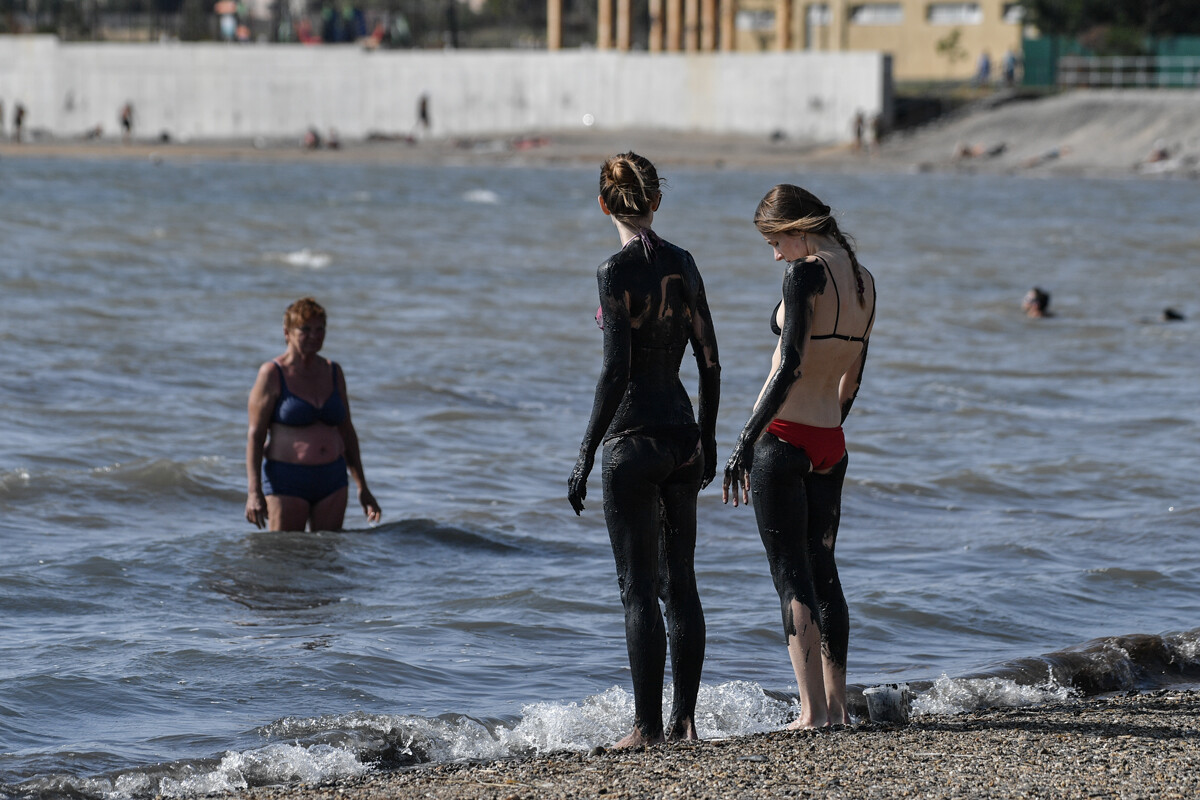
Crimea is more than just the seaside; it’s also large amounts of medicinal clay scraped from “dead lakes” and geothermal springs that are rich with nitrogen and hydrogen sulfide. The area’s main balneological resort is the city of Saky, which is located near a pink lake by the same name and that has therapeutic brine. In the 1950s, mineral water rich with nitrogen was also discovered here.
7. Paratunka
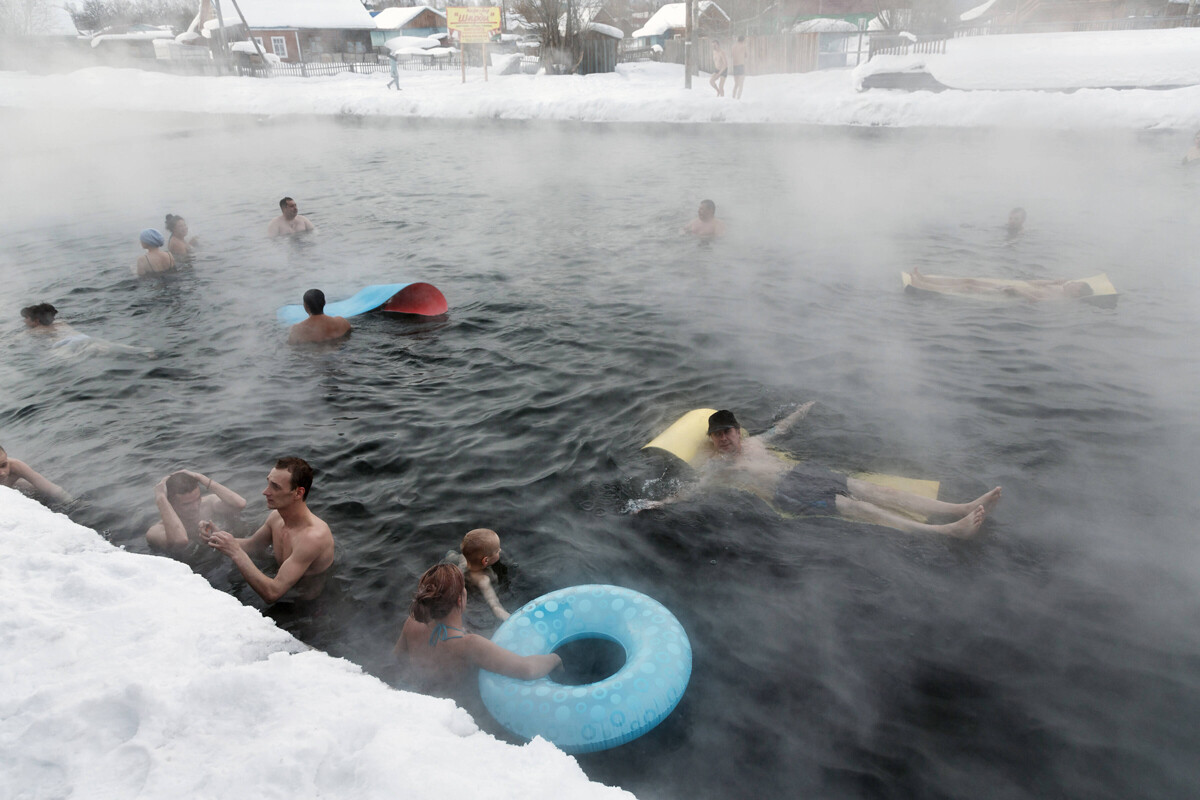 The springs in Esso, Kamchatka.
The springs in Esso, Kamchatka.
The Kamchatka Peninsula, a remote area that is only thinly connected to mainland Russia, has an unbelievably high concentration of active volcanoes, geysers, and thermal waters. There’s so many of them that they’re even used for home heating and to generate electricity!
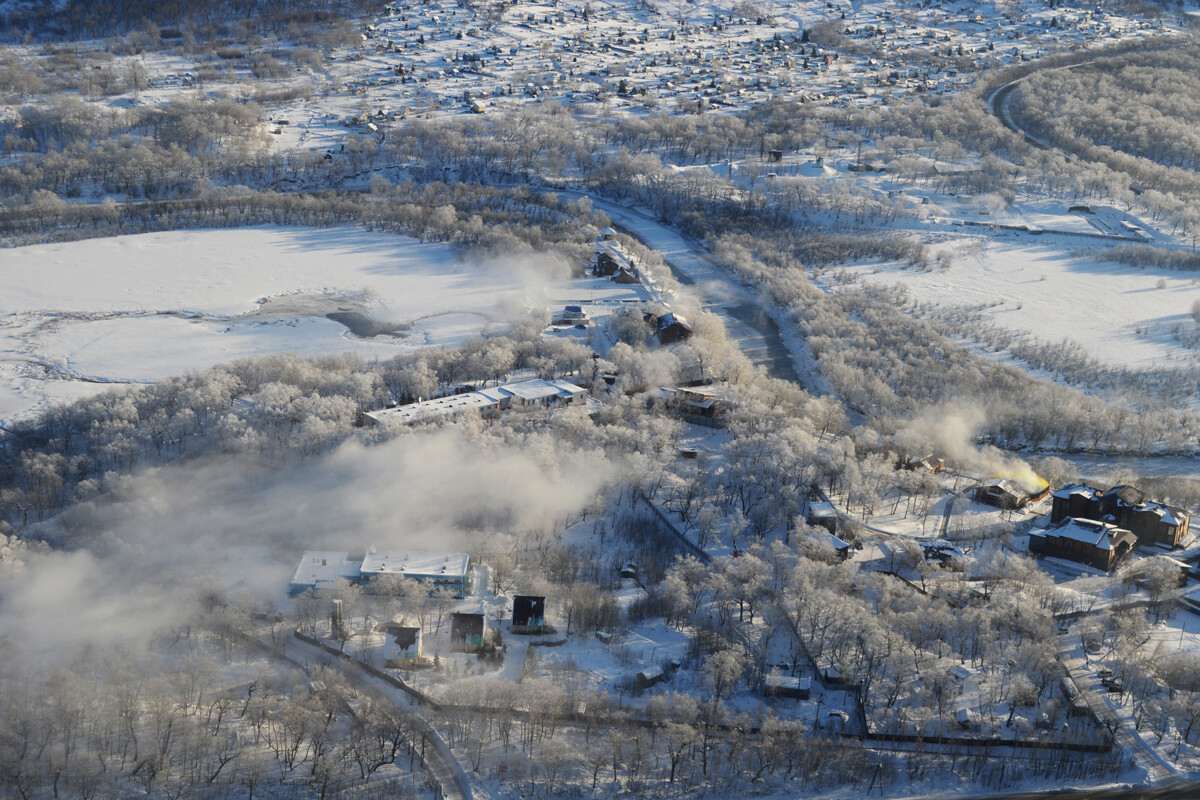
The village of Paratunka is the main resort on the peninsula, and was built in Soviet times about 70 kilometers from Petropavlovsk-Kamchatsky, the region’s capital. Although winters on Kamchatka are harsh – the temperature drops to negative 30°С or even negative 40°С — the thermal waters remain hot. The local sanatoriums are usually frequented by people seeking treatments for skin conditions and diseases of the nervous system.
8. Lago-Naki Plateau
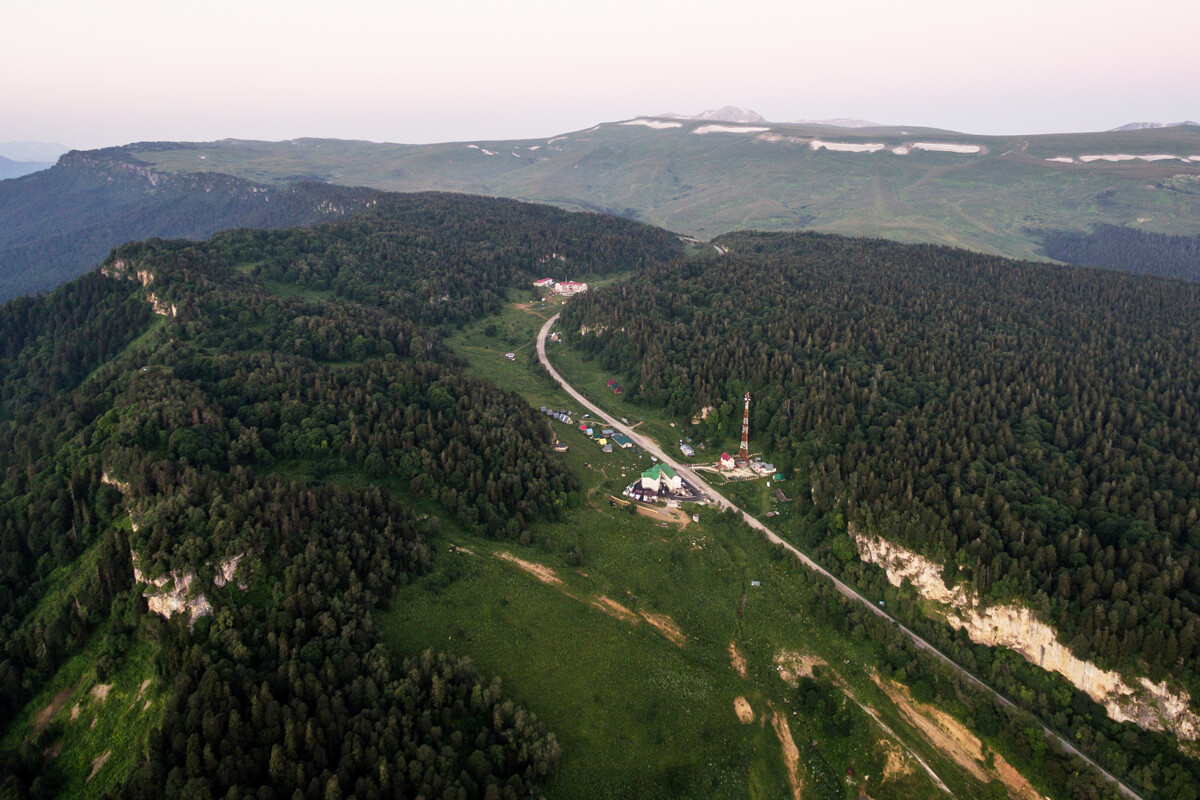
The Republic of Adygea is surrounded by the mountains of the Caucasus, and there’s an enormous number of thermal springs here. Most of the sanatoriums, spa hotels, and baths are located by the Lago-Naki Plateau, which is the most “touristy” place. However, there are a lot of “wild” springs in Adygea that are not developed in any way. They first appeared when geologists were digging holes while searching for oil.
9. Aushiger
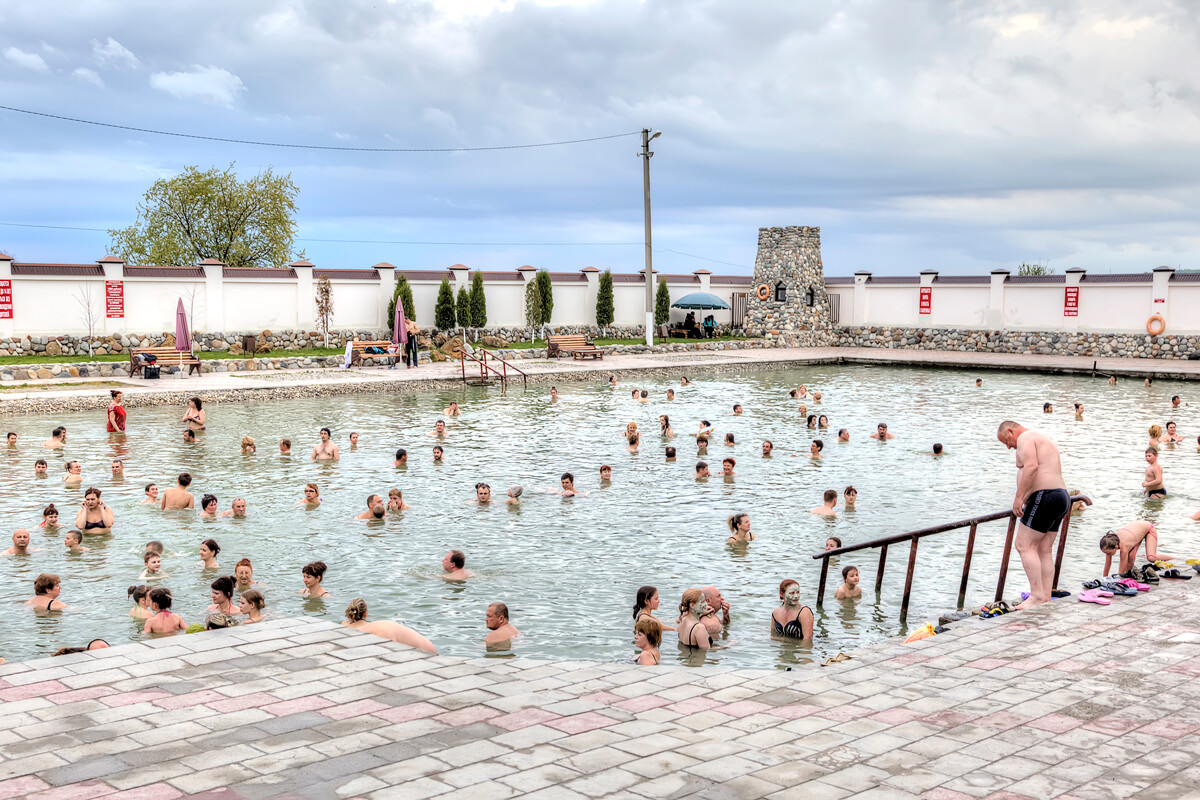
There’s another place in the Caucasus where people come “to take the waters”, and it’s located in the Republic of Kabardino-Balkaria. The waters of the Aushiger resort were discovered in the 1950s during a search for oil, just like in Adygea. The water temperature in the springs is about 50°С year-round; the water contains traces of chlorine, sodium, and hydrogen carbonates.
10. Arshan
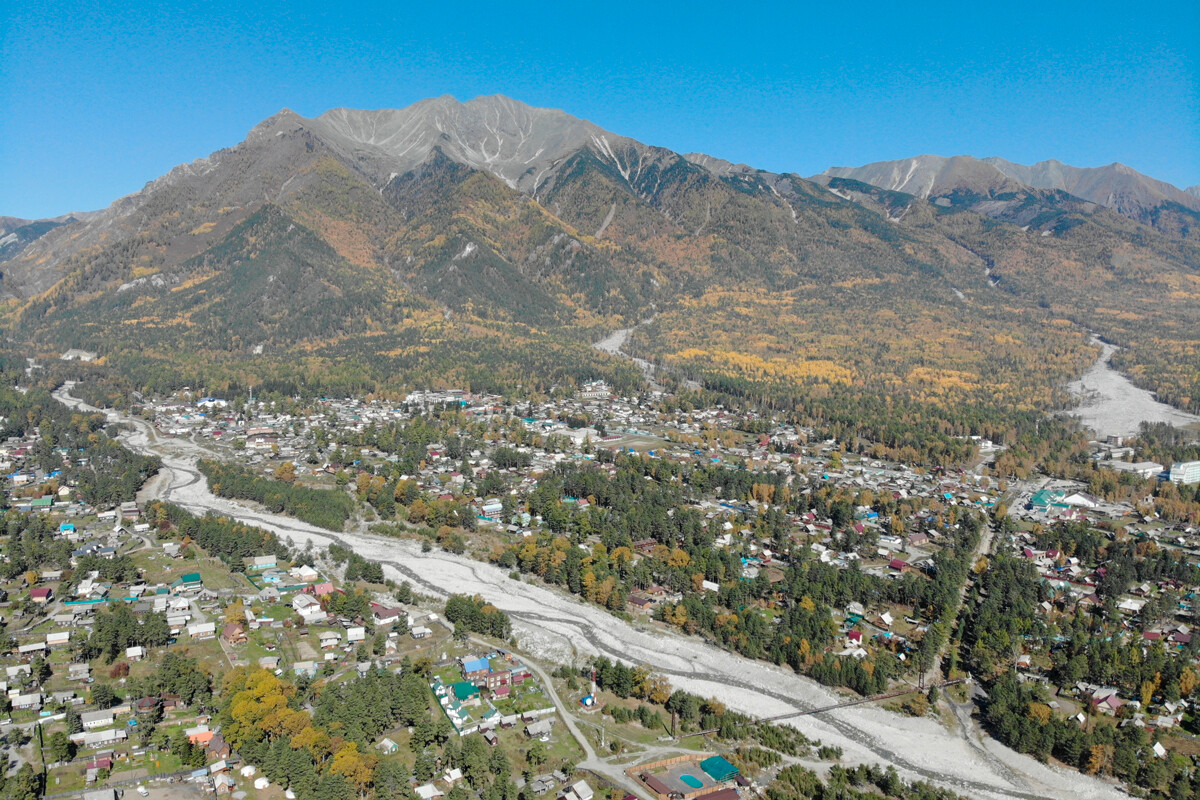
The most beautiful natural mineral water springs are located at the foot of the Sayan Mountains in Buryatia. The Arshan resort was founded in 1920; it offers not just mineral water and medicinal clay treatments but also mountain climate treatments and even landscape treatments.



